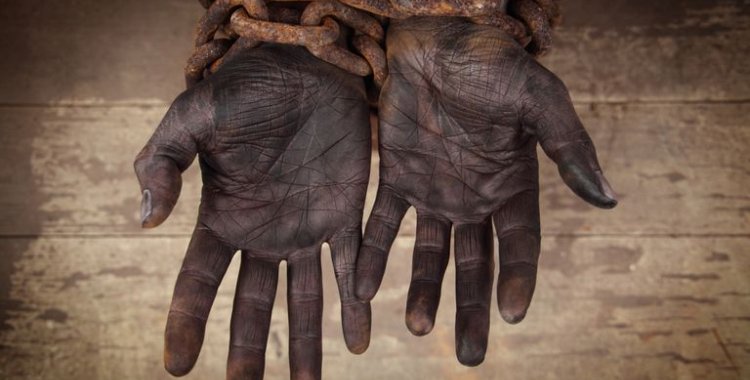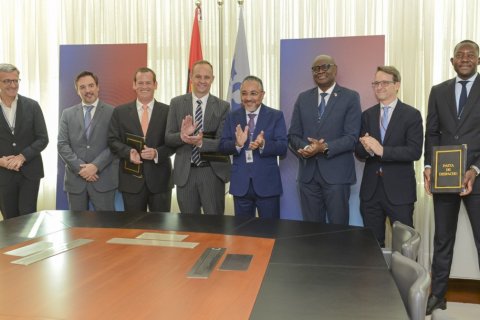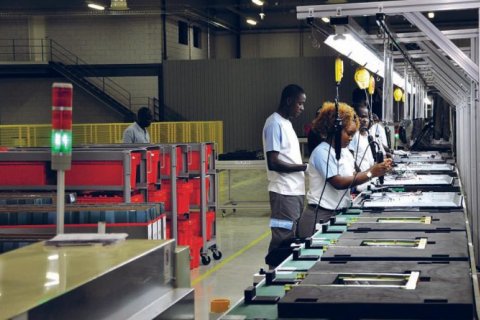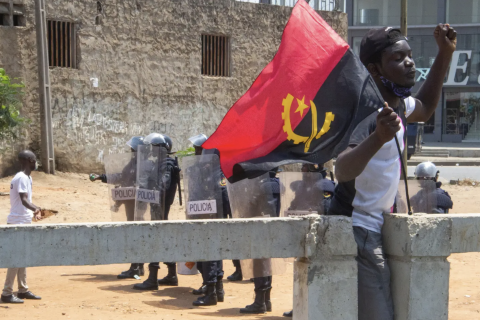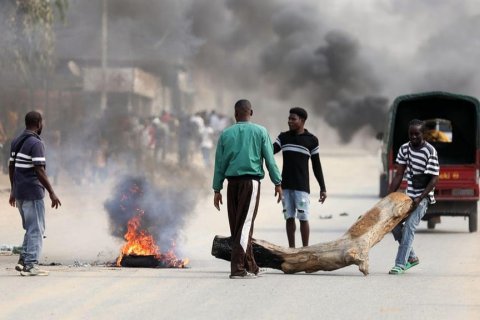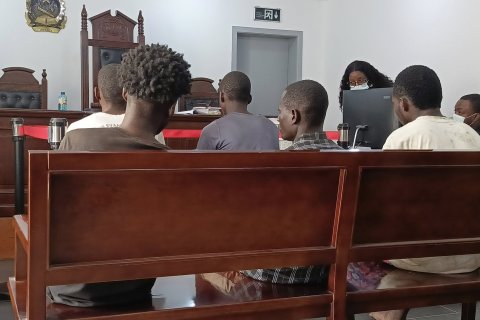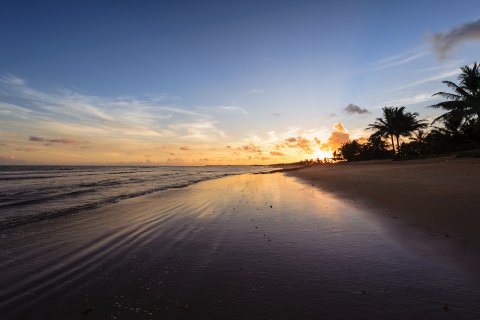Afonso Vita, who released a brochure for his forthcoming book on the "Tourist and Cultural Route of Slaves in Angola", considered that the Slavery Museum in Luanda is not up to the task of dignifying and representing that part of History.
"I initially said that Angola is one of the countries that lost the most men, women and children while the history of slavery lasted, but if we look at the museum [of Slavery] that we have, it does not correspond to that dimension and the project recommends, as one of the goals by 2030, having a museum the size of what was the loss we had in human terms", he said.
According to Afonso Vita, in the United States of America, a museum of Afro-descendants was created, in Virginia, which transmits the history of blacks in that country, and Angola needs, not necessarily in the same dimension, to "create something that approaches that and do something that dignifies not only the Angolans who live on this side, but also the descendants who are in other countries of the world".
"We are talking about a loss of about six million men, that's a lot of people. We have to have a museum here that whoever visits it feels that Angola has lost and that our museum transmits that to our visitors, it is in this sense that we talk about the dimension of what was the history of the slave trade", he underlined.
The project, which should start next year, provides for a ten-day route through four locations in Angola, namely the municipality of Soyo, province of Zaire, municipality of Ambriz, province of Bengo, commune of Massangano, province of Cuanza Norte and Luanda, places where the slave trade took place.
The chosen locations, according to Afonso Vita, were used for the concentration, sale and shipment of slaves and the project intends to transform them into areas of interest for tourism.
The researcher underlined that the investigation he carried out identified nine locations in the country that still had traces of slavery, but for now only four were defined for the visit.
The project also includes holding, for two days next year, the "Biannual International Festival of the Meeting and Reencounter of Africanity in Angola" to "serve as a decoy" for tourism, enhance Angolan culture, history, as well as establish a bridge between Angola and its diaspora.
Asked whether there is appreciation and protection of this heritage, the researcher said that "the conditions are being created at the moment".
"I don't want to talk about appreciation, because we haven't felt this appreciation yet and one of the objectives of the project is to enhance our identity, draw attention to the fact that this is our history, which must be valued", he stressed.
With regard to protection, Afonso Vita mentioned that there has been, for example, in downtown Luanda, Rua dos Mercadores and other areas that were part of the passage of slaves.
"The houses we know on Rua dos Mercadores, which were the houses where these slaves were imprisoned, today have protected areas, which cars can no longer pass through to protect the heritage", he said.
"There is already a policy of classifying and protecting this heritage, now we want to give life to this heritage. Culture or history only has value when revenue comes in to be able to continue this valuation and tourism has that vocation", he added.
The slave route was the subject of the doctoral thesis by Afonso Vita, general director of the Angola Tourism Development Institute (Infortur), at the University of Coimbra.

